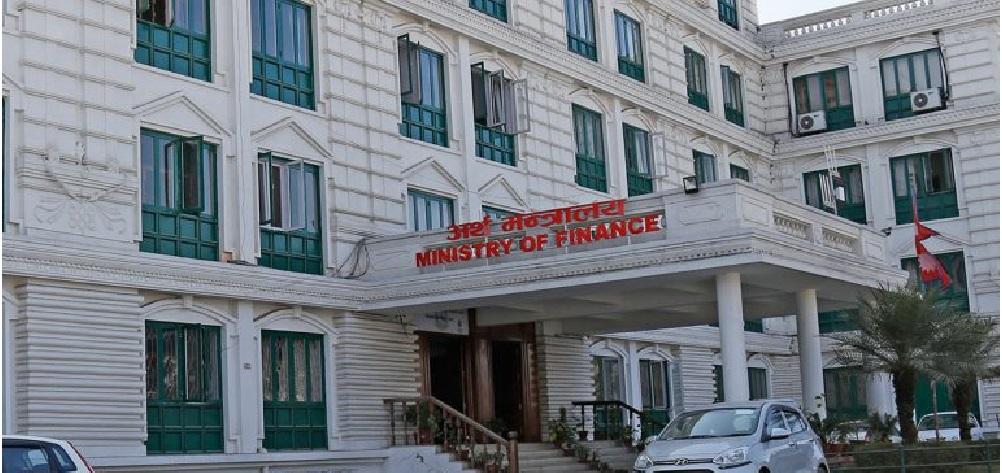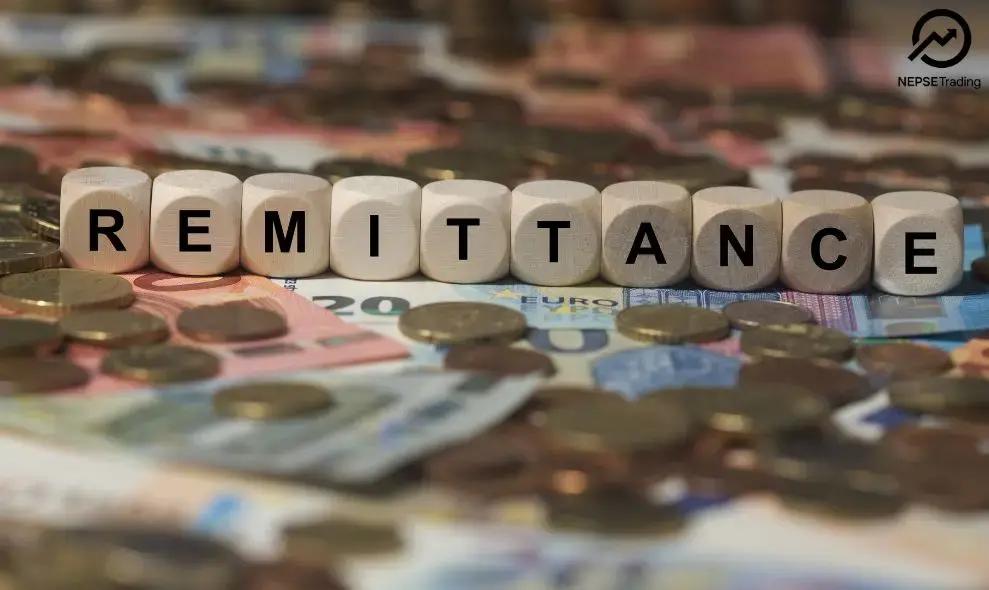By Dipesh Ghimire
Banks Record Mixed Profit Growth in Kartik 2081: NABIL Tops the Chart

As of Kartik 2081, Nepal's commercial banks collectively reported a profit of NPR 22.29 billion, marking a 7.56% increase compared to NPR 20.73 billion in the same period last year, according to data published by Nepal Rastra Bank. While most banks showed promising growth, a few struggled with declining profits, highlighting the uneven financial recovery across the sector.
Laxmi Bank emerged as the star performer, achieving a staggering 107.26% profit growth compared to Kartik 2080. Siddhartha Bank followed closely, doubling its profit with a 100.02% increase. Similarly, Kumari Bank and Nepal SBI Bank also recorded significant growth rates of 79.09% and 66.39%, respectively.

NABIL Bank maintained its position as the highest profit earner, with a net profit of NPR 2.69 billion, a 24.03% rise from the previous year. Global IME Bank and Nepal Investment Bank secured the second and third spots, earning NPR 2.11 billion and NPR 1.82 billion, respectively.
Despite the sector-wide growth, some banks faced sharp declines in profit. NIC Asia Bank reported the steepest drop, with its profit falling by 71.83%, followed by Rastriya Banijya Bank (54.19%) and Himalayan Bank (39.10%). These banks struggled primarily due to lower loan recoveries and reduced earnings amid challenging economic conditions.
ADB Nepal, on the other hand, continued to report losses, albeit with a slight improvement from the previous year.
The data reveals that while 13 banks improved their profits, 7 experienced declines. Banks have been grappling with sluggish loan recovery and limited revenue growth, which has constrained their ability to boost profits organically. Instead, the slight increase in collective profits is attributed to supportive policies from the central bank, providing temporary relief rather than a sustainable improvement in banking operations.
The mixed performance underscores a pressing challenge for Nepalese banks: the need to focus on operational efficiency and innovative revenue streams to counterbalance rising costs and non-performing assets. Top-performing banks like Laxmi and Siddhartha have likely benefited from strategic expansions and better risk management practices, setting benchmarks for the industry.
However, banks such as NIC Asia and RBB face an uphill battle to recover their profitability, signaling the need for stronger credit policies and diversified income sources.
With the banking sector striving to rebound, the coming months will be crucial as banks work to enhance loan recoveries and stabilize earnings. The central bank's continued support will be pivotal in maintaining growth, but long-term profitability will depend on the banks' ability to adapt to market challenges.
For now, while the overall profit growth is a positive sign, the disparities among banks highlight the need for strategic shifts in the sector to ensure consistent and sustainable financial performance.









